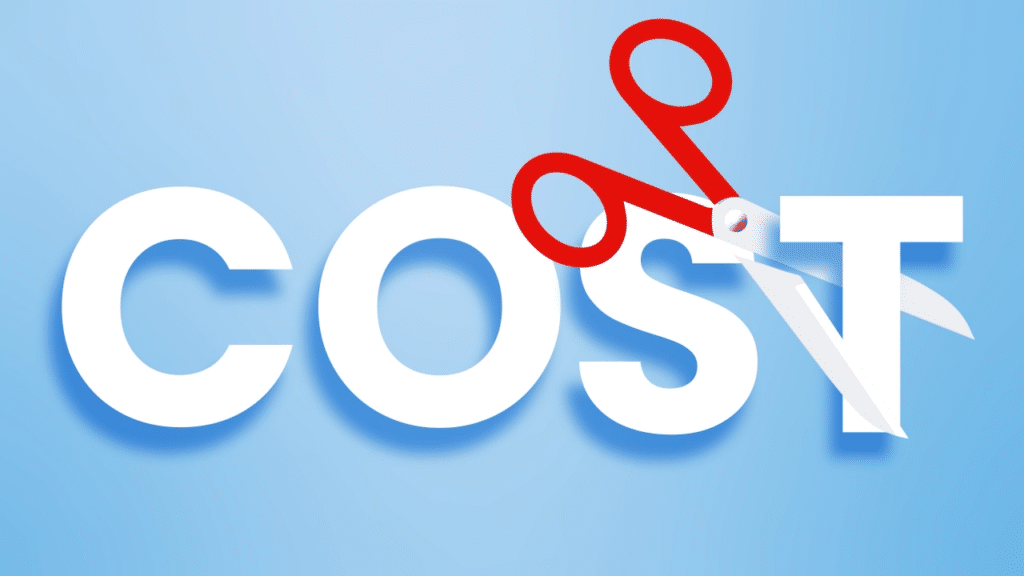Effective cost-cutting strategies for businesses

In today's demanding business landscape, finding efficient ways to reduce expenses without compromising on quality is crucial for sustainability and growth. This blog post delves into proven cost-cutting strategies that can significantly lower expenses while maintaining or even enhancing your business's value proposition.
Exploring diverse methodologies from operational adjustments to strategic overhauls, we aim to empower businesses with actionable insights to navigate their financial planning effectively. Mastering these techniques can be the difference between just surviving and thriving in competitive markets.
Understanding Your Expenses
Before initiating any cost-reduction strategies, it’s essential to conduct a thorough analysis of your current expenses. Understand where every dollar is going and differentiate between necessary expenditures and those that can be optimized or eliminated. Implementing an expense tracking system can provide valuable insights and identify patterns that may not be immediately apparent.
Regular financial audits can uncover inefficient resource allocation, revealing areas where cost-reduction efforts should be concentrated. This foundational step ensures that your approach is data-driven and targeted, avoiding cuts that could harm your business’s core operations.
Additionally, engaging your team in this process can offer new perspectives and encourage a culture of financial accountability within your organization.
Leveraging Technology
Advancements in technology have opened up a plethora of opportunities for businesses to streamline operations and reduce costs. Automating repetitive tasks can significantly decrease labor expenses and minimize errors, leading to a more efficient operational model.
Cloud computing, for instance, can reduce the need for physical storage and expensive IT infrastructures. By adopting cloud services, businesses can enjoy flexible and scalable solutions that adjust to their needs while only paying for what they use.
Moreover, digital marketing and e-commerce platforms can reduce the necessity for physical storefronts and traditional advertising, thus cutting down on rental and marketing costs.
Supply Chain Optimization
An efficient supply chain is crucial for minimizing costs without compromising the quality of your products or services. Negotiating better terms with suppliers, consolidating purchases to achieve bulk discounts, and optimizing logistics can lead to substantial savings.
Moreover, investing in supply chain analytics can help in forecasting demand more accurately, reducing inventory costs, and preventing stockouts or excess inventory. Streamlining your supply chain not only cuts costs but also enhances customer satisfaction by ensuring timely delivery of products.
Implementing sustainable practices, such as reducing waste and recycling, can also contribute to cost reduction in the long term while bolstering your business's environmental responsibility.
Workforce Management
Personnel expenses often represent a significant portion of business costs. Optimizing your workforce through flexible work arrangements, such as remote work or flexible hours, can reduce office space requirements and associated expenses.
Investing in employee training and development can also lead to a more efficient, versatile, and productive team, reducing the need for frequent new hires. Moreover, encouraging a culture of innovation can lead to cost-saving ideas directly from your team, who are closest to your operations.
Lastly, outsourcing non-core activities to specialized firms can reduce costs significantly, allowing your business to focus on its main value proposition.
Customer Focus and Retention
Acquiring a new customer is significantly more expensive than retaining an existing one. Improving customer satisfaction and loyalty through excellent service, quality products, and engaging loyalty programs can lead to repeat business and reduce marketing costs associated with customer acquisition.
Additionally, actively seeking customer feedback and acting on it not only enhances your product or service offering but can also identify areas for operational improvement and cost-reduction.
Green Initiatives
Implementing environmentally friendly practices is not only good for the planet but also beneficial for your bottom line. Energy-efficient appliances, sustainable procurement practices, and waste reduction initiatives can lead to significant savings in utilities and materials.
Furthermore, showcasing your commitment to sustainability can improve your brand image and attract customers and employees who prioritize environmental responsibility, leading to increased sales and a more engaged workforce.
Innovative Revenue Streams
Exploring new revenue streams can offset operational costs and contribute to a healthier bottom line. This could include diversifying your product or service offerings, leveraging your expertise to offer consultancy services, or monetizing excess capacity through rentals or partnerships.
Creative thinking and a willingness to experiment with new business models can uncover lucrative opportunities that also serve to buffer your main revenue sources against market fluctuations.
In conclusion, effective cost-cutting is not about indiscriminate slashing of expenditures but rather about making strategic adjustments that streamline operations, enhance efficiency, and foster innovation. By adopting a holistic approach and leveraging the right strategies, businesses can not only survive but thrive, turning financial challenges into opportunities for growth and improvement.

Related